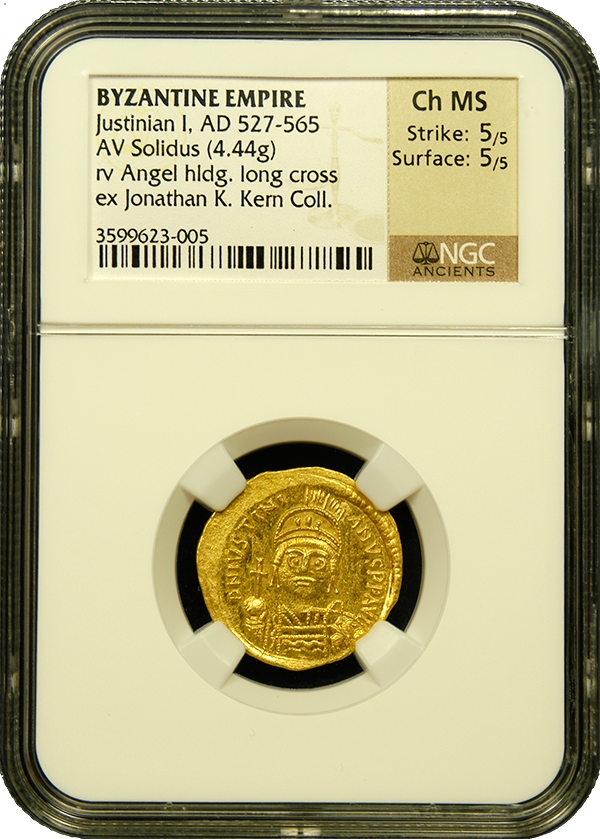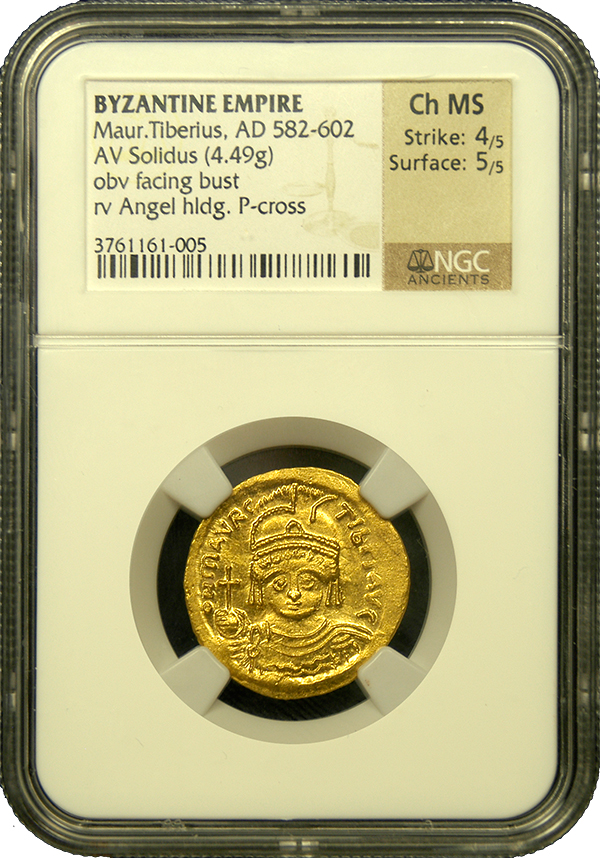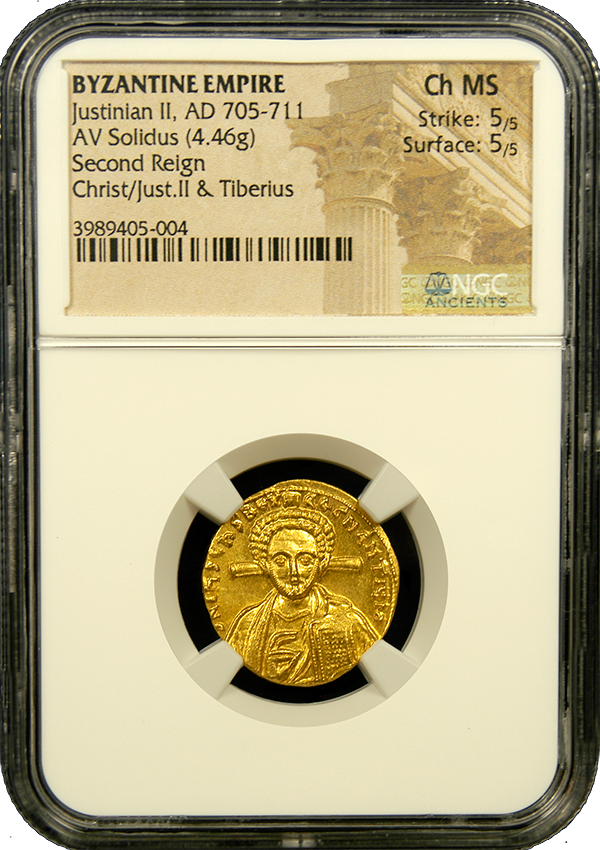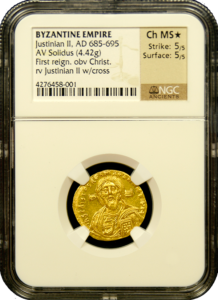The Eastern Roman Empire, which emerged in the late Roman era, was carried on by the Byzantine Empire. It lasted until 1453 after Ottoman Turks captured Constantinople. During its long and complex history, the Byzantine Empire produced an extensive and diverse array of coins that reflect the culture, religion, politics, and economy of the era.
Historical coins were made by the Byzantine Empire utilizing precious metals like gold, silver, and copper. Interestingly, they often featured portraits of the reigning emperor or empress, as well as religious symbols and mythological figures. These ancient coins from the Byzantine Empire provide valuable insights into the history and society of this remarkable civilization and continue to fascinate collectors and historians alike.
A new Byzantine Era
Around 330 AD, the Eastern Roman Empire started the new Byzantine Era as the Western Roman Empire was in collapse. Rome was replaced by Byzantium, which the emperor Constantine called Constantinople, as the capital. This event ushered in a new era in the history of the Roman Empire by setting the foundation for the Byzantine Empire. The Byzantine Empire rose to prominence in the Eastern Mediterranean as a hub of political, economic, and cultural power once Constantinople was chosen as its new capital.
During the Byzantine Era, Christianity became the dominant religion of the empire. The emperor was viewed as the guardian of the faith. Furthermore, the church was very important to the political and social life of the empire. The Byzantine Empire was instrumental in spreading Christianity throughout Europe. Above all, many European nations’ religious and cultural traditions continue to reflect their impact.
The expansion of Christianity during the Byzantine Era was not without its challenges. Many threats from both inside and outside the empire existed. These included invasions from barbarian tribes, military coups, and religious conflicts. In particular, the iconoclastic controversy lasted from the 8th to the 9th century. In short, it caused a major division within the church and led to the destruction of many religious icons and artifacts.
Byzantine Empire continued to thrive
Despite challenges, the Byzantine Empire continued to thrive and make significant contributions to human history. The empire served as a hub for education and scholarship. In reality, its academics and philosophers achieved significant advances in disciplines like philosophy, mathematics, and medicine. The Byzantine Empire also played a significant role in preserving the cultural heritage of ancient Greece and Rome. Additionally, it had a lasting impact on Western civilization.All things considered, the Byzantine era was a turbulent time in human history. It was characterized by quick changes in politics, society, and religion. This period was notable for the spread of Christianity over greater Europe; many European nations still reflect this impact in their religious and cultural heritage. The Byzantine Empire built the basis for the modern world despite the many difficulties it encountered. It made a great contribution to human history.
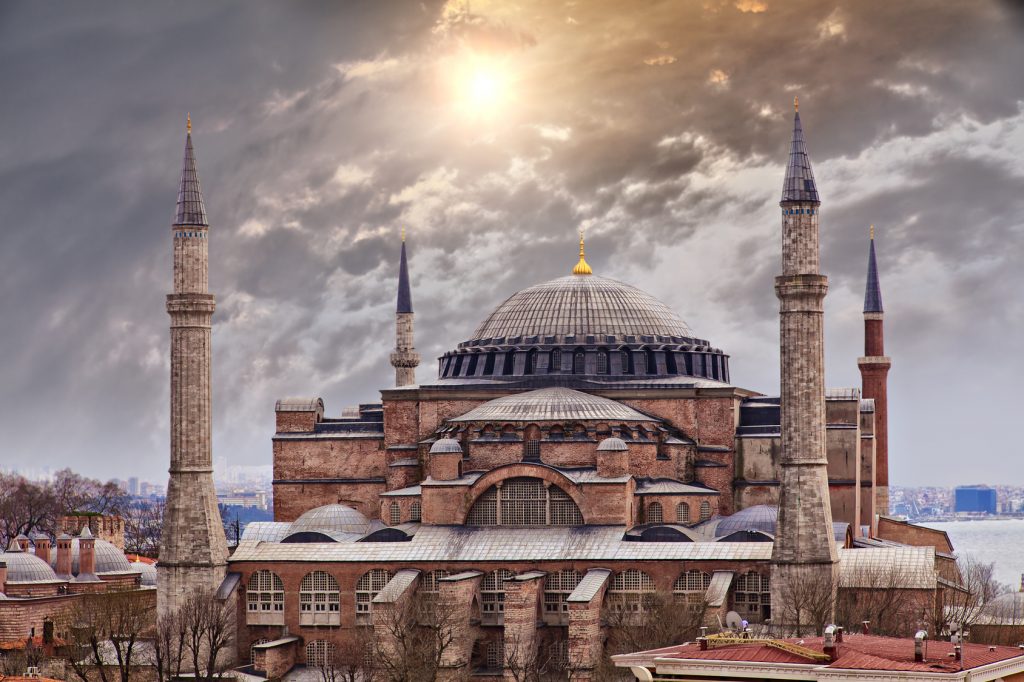
Here is a Sample of some Byzantine Coins we have handled:
